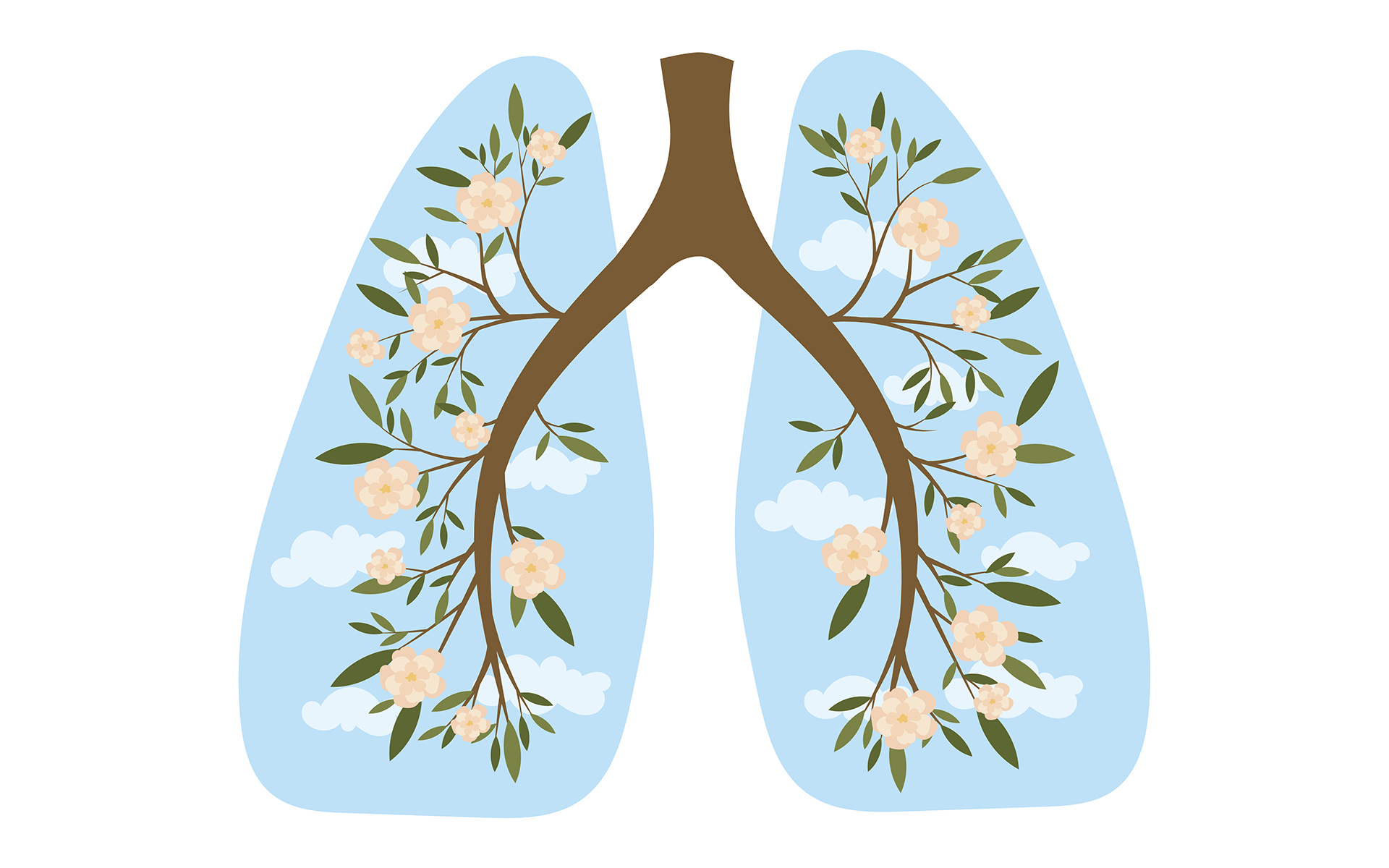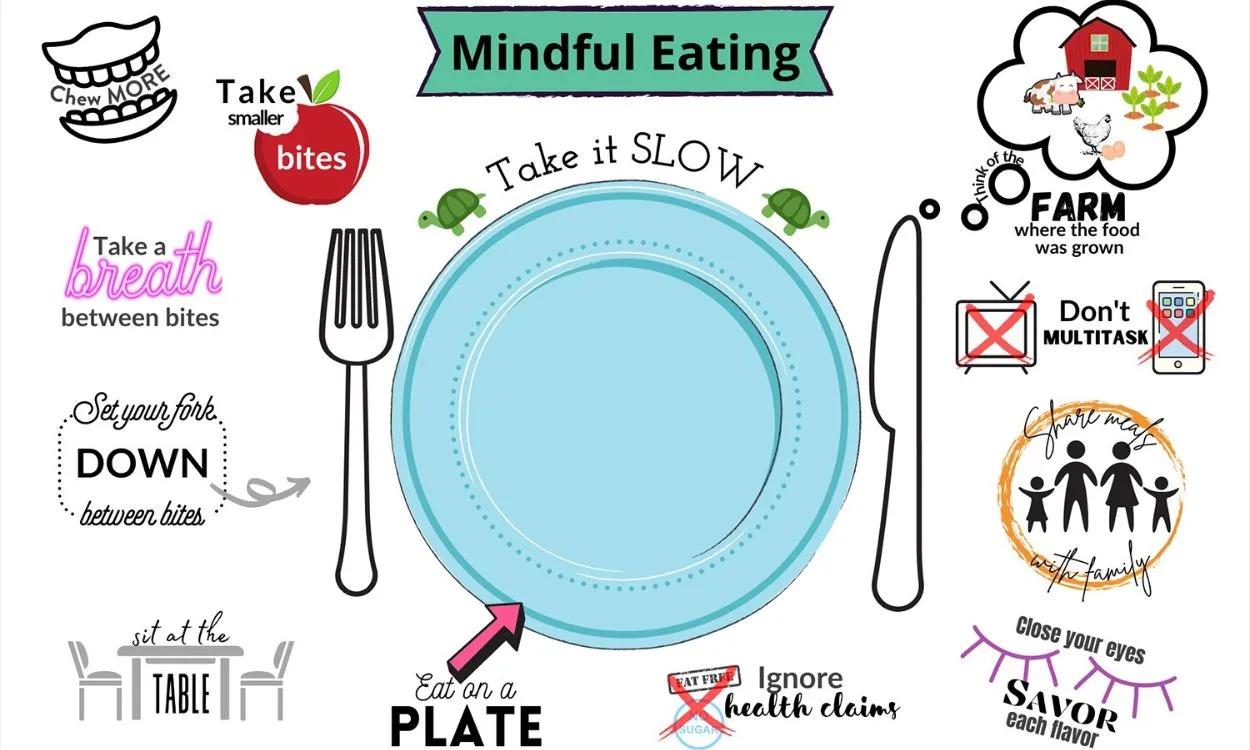MINDFUL TECHNIQUES TO REDUCE DAILY STRESS
In today’s fast-paced world, stress seems to be an inevitable part of daily life. Whether it’s work pressure, personal obligations, or the constant influx of digital distractions, stress can build up and take a toll on both your mental and physical health. However, practicing mindfulness—being fully present and engaged in the moment—can significantly help in managing daily stress. Here are some mindful techniques that you can incorporate into your daily routine to promote calm and balance.

1. Mindful Breathing
Mindful breathing is a simple yet powerful tool to calm your nervous system. By focusing on your breath, you can anchor yourself in the present moment, helping to reduce anxiety and racing thoughts.
How to Practice:
• Sit comfortably, close your eyes, and take a deep breath in through your nose for four counts.
• Hold the breath for four counts.
• Exhale slowly through your mouth for six counts.
• Repeat for 5-10 minutes, focusing on the sensation of air moving in and out of your lungs.
This practice helps to shift your attention from stressful thoughts to the natural rhythm of your breath, calming your mind.

2. Body Scan Meditation
Body scan meditation involves paying attention to different parts of your body, helping you release tension and become more aware of physical sensations.
How to Practice:
• Lie down in a quiet space or sit comfortably.
• Close your eyes and start by focusing on your toes. Gradually work your way up through your feet, legs, abdomen, chest, arms, and head.
• As you focus on each area, notice any tension or discomfort, and consciously relax those muscles.
By releasing physical tension, this technique can also ease mental stress, as the mind and body are interconnected.

3. Mindful Eating
Often, we rush through meals without savoring the experience, which can contribute to mindless eating and heightened stress. Mindful eating encourages you to slow down and engage all your senses while you eat.
How to Practice:
• Before starting your meal, take a moment to appreciate the appearance and smell of your food.
• As you take each bite, chew slowly and focus on the texture, taste, and aroma.
• Pause between bites and check in with your hunger and fullness levels.
This practice not only helps reduce stress but also enhances your relationship with food and digestion.

4. Gratitude Practice
A simple gratitude practice can shift your focus from what’s going wrong to what is going right. This positive shift in mindset can reduce stress and increase feelings of contentment.
How to Practice:
• Each morning or evening, write down three things you’re grateful for.
• These can be simple things, such as a warm cup of coffee, a good conversation, or your health.
• Reflect on each item, allowing yourself to feel the gratitude deeply.
By training your brain to focus on positive aspects of your day, you can reduce the tendency to dwell on stressors.
5. Mindful Walking
Mindful walking combines movement with mindfulness, helping you relieve stress while staying active. It’s a great way to clear your mind and connect with your surroundings.
How to Practice:
• Go for a walk outside or in a quiet space.
• As you walk, focus on the sensation of your feet touching the ground, the rhythm of your steps, and the movement of your body.
• Engage your senses by noticing the sights, sounds, and smells around you.
• If your mind starts to wander, gently bring your attention back to your steps.
This practice helps to ground you in the present moment, offering a break from overthinking and mental fatigue.

6. Mindful Journaling
Journaling is a therapeutic way to process thoughts and emotions. Mindful journaling allows you to reflect on your experiences with curiosity and without judgment.
How to Practice:
• Set aside 10-15 minutes each day to write about your thoughts and feelings.
• Focus on your emotions, noticing them without trying to change or suppress them.
• You can also use prompts like “What stressed me today?” or “How did I handle a challenging situation?”
Journaling helps release pent-up emotions and gain clarity, reducing stress over time.

7. Visualization
Visualization involves using your imagination to create a mental image of a peaceful or stress-free environment, promoting relaxation and reducing tension.
How to Practice:
• Find a quiet space and close your eyes.
• Imagine yourself in a serene location, such as a beach, forest, or mountains.
• Focus on the details of the environment—the sound of waves, the warmth of the sun, or the rustling of leaves.
• Stay in this mental space for 5-10 minutes, breathing deeply and allowing yourself to feel the calmness.
Visualization offers a quick mental escape from stressors, helping to lower cortisol levels and restore calm.

Conclusion
Stress is a natural part of life, but incorporating mindful techniques into your routine can help you manage it more effectively. By practicing mindful breathing, body scans, gratitude, and other mindfulness exercises, you can cultivate a sense of calm, clarity, and resilience in the face of daily challenges. Start small, be patient with yourself, and over time, you’ll find these techniques can transform how you handle stress and enhance your overall well-being.